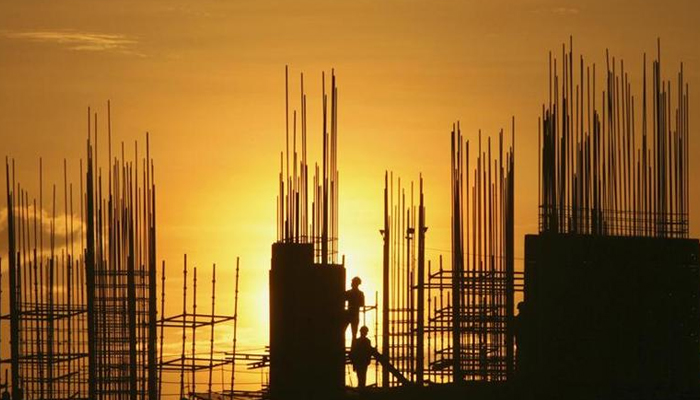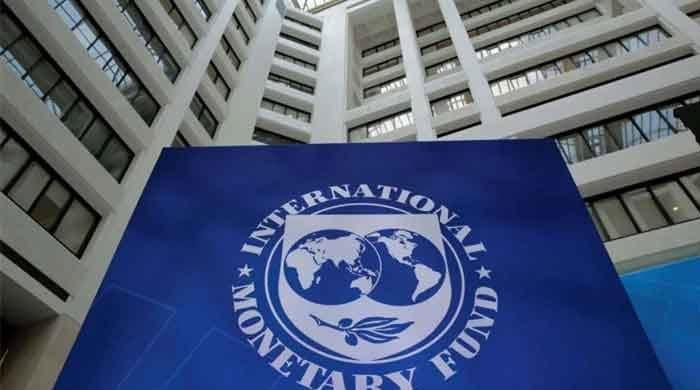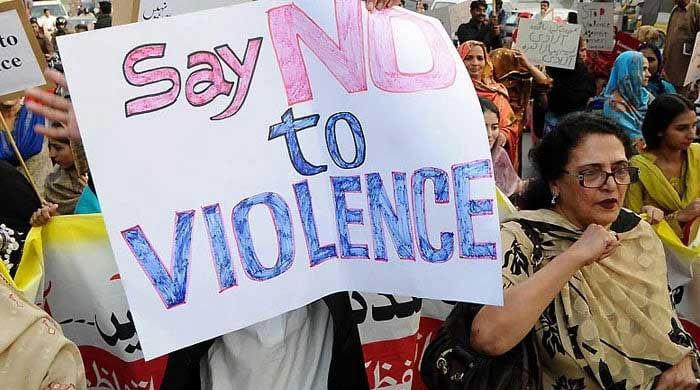The illegal housing societies in Pakistan
Many of these housing societies have left incomplete structures and buildings not fit for occupation while legal proceedings are held up and not concluded for years
April 01, 2022

Huge amounts of money have also been invested by aspiring middle-class families in purchasing plots of land, booking apartments and renting dwellings.
Due to the absence of a weak and fragmented regulatory framework and prevailing corrupt practices in land allocation, utilization, conversion and registration, a large number of irregular and illegal housing cooperative societies have sprung up throughout the country taking over fertile agricultural land and also sucking in billions of savings of middle-class aspirants for getting decent housing.
Many of these societies have left incomplete structures and buildings not fit for occupation while legal proceedings are held up and not concluded for years altogether because of adjournments and stay orders or the absence of lawyers on the dates of hearings.
While the main responsibility lies with the executive branch for allowing a laissez-faire environment without a single regulatory agency overseeing the real-estate sector, the judiciary at the lower level hasn’t helped much.
Housing is both a social as well as an economic asset. Deciding these cases expeditiously would help these middle classes acquire assets that can be used as collateral for other economic purposes. The country would witness a quantum jump in liquidity and augmentation of savings in the financial system as the disenfranchised poor and the lower middle classes become part of the formal sector.
In place of the present tendency of the courts to order the demolition of built structures in which the middle class has invested all their savings, a better approach is to regularise and confer property rights upon them while severely punishing the developers, builders and the complicit officials responsible for the infractions.
The judges as executive magistrates can also direct the urban development authorities in their districts to take preventive measures that such irregular and illegal construction does not take place and ask for reports at regular intervals. Citizen complaints on portals against such violations and whistleblowers should also be encouraged.
The recent judgments of the Islamabad High Court on the acquisition of land from poor owners and allotting them at several times below market prices to bureaucrats, judges and generals are indeed a breath of fresh air. Overnight the members of this elite class become millionaires, making huge windfall gains by a stroke of the pen of their colleagues at the expense of the dispossessed poor owners of the land. This injustice and use of discretionary powers to benefit a small class of the connected and well to do should be brought to an end all over the country using the Islamabad High Court verdict as a precedent.
A substantial amount of non-performing loans cannot be collected by the banks as the defaulters have obtained stay orders that have been in force in many cases for several years. The willful defaulters are enjoying conspicuous consumption at the expense of the bank depositors. As the ratio of non-performing loans declines, the cost of advances to borrowers is also reduced, thus spurring investment.
Similarly, the FBR has recently reported that more than Rs3.5 trillion of taxes due cannot be realised from those who have understated or concealed incomes or evaded tax payments due to ongoing litigation in the courts.
Those from whom these amounts are due are in fact living comfortably or rolling over the money for business purposes while the country is facing a shortfall in revenue mobilisation. Imagine if the courts decide these cases quickly and half of this amount is collected (and a deterrent effect is created for the future) how much borrowing the government would be able to avoid every year.
Regulatory agencies such as the Competition Commission of Pakistan (CCP), National Electric Power Regulatory Authority (NEPRA), Oil and Gas Regulatory Authority (Ogra) are confronted with a similar problem. It was after 11 years that the question of the jurisdiction of the CCP post-18th Amendment was resolved by the Lahore High Court. Hundreds of millions in fines and penalties could not be collected because of the stay orders given by the courts. Regulatory effectiveness and the deterrent effect are diluted by unending litigation due to these long pendencies
Several glaring examples of suo-motu action and judicial activism that have brought enormous economic and financial losses to Pakistan have been well documented. One such case pertains to the Pakistan Steel Mills. During the tenure of the late Col (r) Afzal, a hardworking, dedicated man of integrity Steel Mills were a profit-making entity that had repaid its loans before the due date. But this profitability was not the normal outcome but an exception.
Most of the years since their start, the Steel Mills were running in losses due to overstaffing, incompetent and corrupt management, inefficiencies in production and sales. The government decided that as it was a commercial enterprise it was best to privatise it through an open competitive process. The transaction was successfully structured and completed and won by a strategic investor group.
Pakistan Steel was designed originally with a production capacity of three million tons and the infrastructure was laid for meeting that capacity. Under government ownership, the actual production never exceeded one million ton while bearing the fixed cost of three million tons. It was expected that the successful private-sector bidder would invest a large sum to bring the capacity to its full utilization. This way the government would be relieved of subsidizing the losses and collecting corporate taxes, surplus employees would be absorbed and the increased capacity would save foreign exchange as imports of steel and steel products would be substituted by domestic production.
However, the Supreme Court took suo-motu notice of the privatization and cancelled the transaction. Since then, Pakistan Steel started accruing losses and incurring liabilities which had accumulated to Rs189 billion between 2009 and 2019. Rs58 billion has been paid in salaries to the workers and managers although Steel Mills were shut down in 2015. Retirement benefits to the tune of Rs23 billion were also paid out of the exchequer.
The country continued to import steel products starting in 2009 to feed the demand of downstream industries and as the international prices have hiked in the last few years the landed costs of imported steel have also jacked up domestic user prices. The cost to the economy in terms of fiscal and current account imbalances caused by this single judicial intervention is quite apparent. Imagine if this amount or part of this amount was instead spent on bringing out-of-school children into the formal and informal education system or reducing external borrowing.
Pakistan’s already high-risk profile has become elevated with the addition of litigation risk to the other existing economic, financial and political risks. Investors and businesses, particularly foreigners who have plenty of other choices, face a number of hurdles imposed by the government agencies and departments. Now they are faced with an additional uncertainty – whether, after having crossed all the given hurdles of the executive branch, the courts' issue stay orders, injunctions or take suo-motu cognizance, getting them embroiled in long-drawn legal proceedings.
International courts and arbitration panels have so far given verdicts against Pakistani courts’ decisions in relation to foreign investors. FDI in Pakistan is less than 1% of GDP because the cumulative country risks are high relative to other countries in the region. Judicial reforms are badly needed, in addition to other reforms, to mitigate the litigation risk and make Pakistan attractive to foreign and domestic investors, and raise the investment-to-GDP ratio to at least 30% to generate a 7% growth rate to be able to absorb one million youth entering our labour force every year.
Originally published in The News











